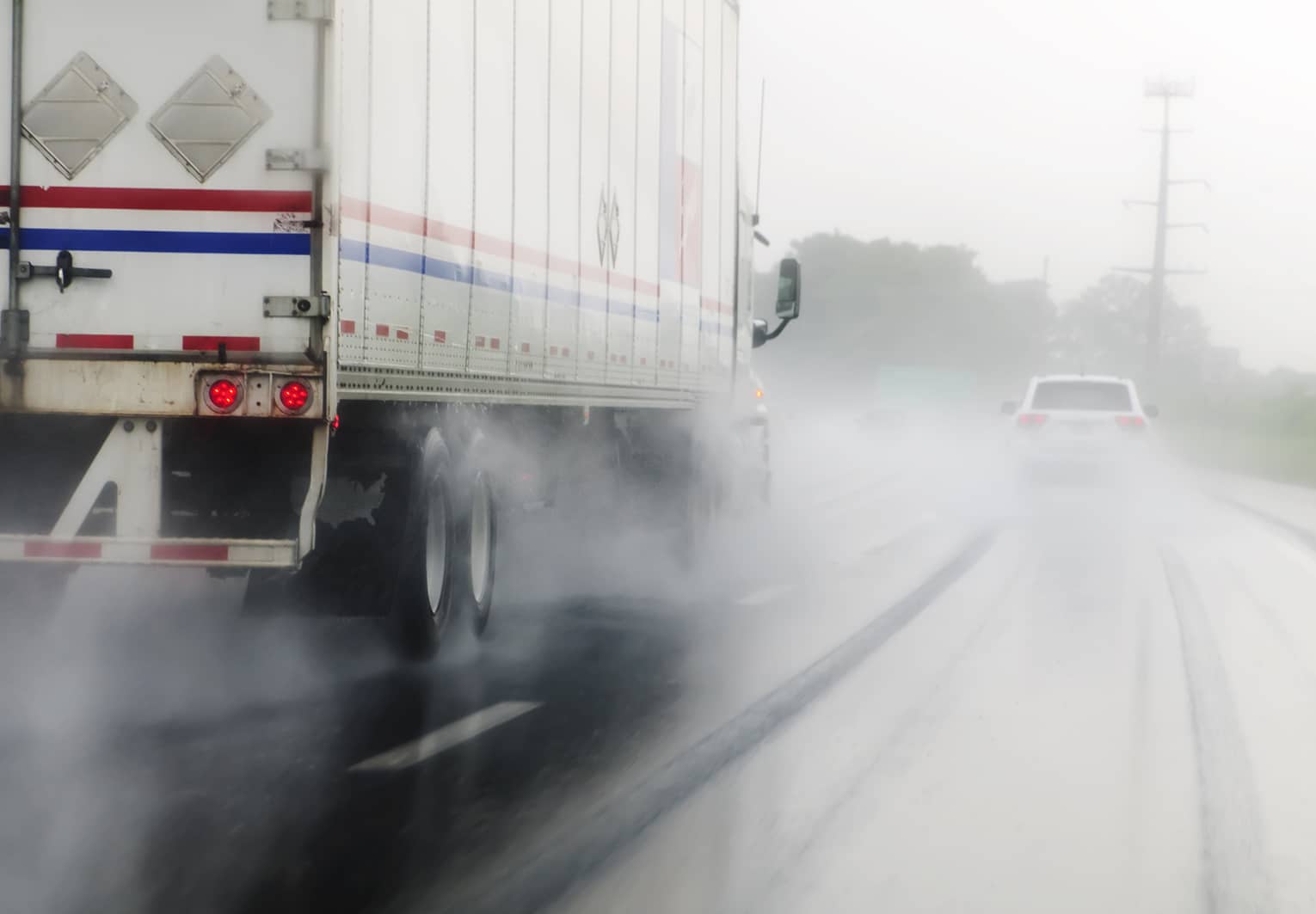The Transfix Take Podcast is Back! (Ep. 31)
2021’s Surprise Ending Really Not a Surprise
It seems only fitting that the final week of 2021 was unexpected. We saw extreme volatility, with markets throughout the country tightening significantly more than anyone had predicted and leaving shippers searching for any capacity they could find as the year closed. While capacity is traditionally tighter between Christmas and New Year’s, it was worse than usual last week. Drivers coming off the road to enjoy the holidays is the typical culprit, but this year piled on weather, wildfires, and a wave of new COVID cases.
The holiday week’s tight market led to higher rates, and the entire country became a carrier-favored market.
- Tender rejections jumped to their highest levels since September.
- The largest markets — Los Angeles and Atlanta — saw tightening hit even faster.
- Truckload rates rose more quickly on dry van freight, where they approached record highs.
- Winter storms on the West Coast only made things worse, causing truckload rates to skyrocket in the region.
- Rails continue to improve their bottlenecks, and shippers began moving freight via rail instead of over the road to save money.
NY–NJ Volume Grew Five Years in 18 Months
The Port Authority of New York and New Jersey (PANYNJ) reached a level of volume in 2021 that it hadn’t expected to reach until 2025 or 2026, according to The Journal of Commerce online.
Sam Ruda, port director for PANYNJ, “said the port’s buffer capacity, particularly at its smaller marine terminals, helped New York–New Jersey avoid the severe vessel congestion seen at other major gateways in Southern California and Savannah.
“But with volumes expected to remain elevated through at least the middle of 2022 due to inventory replenishment and pandemic-related consumer goods spending, Ruda said the port will need to wring more efficiency from trucking operations to keep up with cargo growth in the short and long term[s].”
New Beginnings
2022 opened to tightened markets, with shippers rushing to push out freight they were unable to move last week. The supply chain likely will continue to be complex, unpredictable, and volatile in 2022 and beyond. While we have seen some signs bottlenecks may begin to ease this year, significant disruptions continue — from port congestion to COVID to weather.
What’s top of mind for carriers in 2022? First is ensuring volatility doesn’t affect them too badly. Like shippers, carriers are on their toes, looking for when and if markets drop. During the past year, costs — from new equipment to fuel — have risen significantly, and this is likely to continue. Carriers are concerned that if the market sees a significant drop, they will not be able to pay for the expenditures they made last year, especially considering the shift we saw of drivers moving to smaller fleets or running on their own.
Despite all the challenges faced by trucking in the recent past, a new report from the American Trucking Associations, “U.S. Freight Transportation Forecast 2021 to 2032,” is positive, Jeff Berman reports for Logistics Management. Among the report’s findings:
- Total freight tonnage will grow from an estimated 15.1 billion tons in 2021 to 19.3 billion tons in 2032 — a 28% increase.
- While truck’s share of freight tonnage will slowly decline from 72.2% in 2021 to 71% in 2032, overall volumes will grow across all segments of the industry: truckload, less-than-truckload, and private carrier. Truck tonnage should grow from 10.23 billion tons this year to 13.7 billion tons in 2023.
- The total revenue derived from primary freight shipments in the U.S. will increase from an estimated $1.083 trillion in 2021 to $1.627 trillion in 2032.
“The report is optimistic about the direction trucking is heading in going forward, which is a good thing, especially when considering that trucking moves roughly 70% of the nation’s freight,” Berman writes.
The trucking industry is the backbone of this nation. Transfix is here to help carriers and shippers, alike, make better, data-driven decisions and more efficiently operate their sections of the supply chain. We wish all our partners and soon-to-be-partners a prosperous new year.
The movement of freight is changing in every mode, as shippers do their best to keep up with record demand while fighting congestion at multiple points throughout the supply chain. Shippers who think forward, use data and think outside the proverbial box on solutions, while partnering with companies such as Transfix, will come out of this ongoing freight rally in a better position and well ahead of competitors. The one huge win through this pandemic has been speeding up the digital transformation of the transportation industry.
With the uncertainty and volatility surrounding the U.S. economic recovery, shippers need a partner that can help them adapt and excel — no matter the circumstance. Shippers turn to Transfix for our leading technology and reliable carrier network. As volumes drive higher, we are here to help: Learn more about our Core Carrier program and Dynamic Lane Rates. As part of our ongoing market coverage, we’ll continue to provide breaking news, resources and insight into emerging trends and the pandemic’s impact on the transportation industry.
This communication may contain certain forward-looking statements that are not statements of historical facts. All such statements are based on current expectations as well as estimates and assumptions that, although believed to be reasonable, are inherently uncertain. These statements involve numerous risks and uncertainties, and actual results may differ materially from those expressed in any forward-looking statements. We undertake no obligation to update or revise any of the forward-looking statements contained herein, whether as a result of new information, future events, or otherwise.




